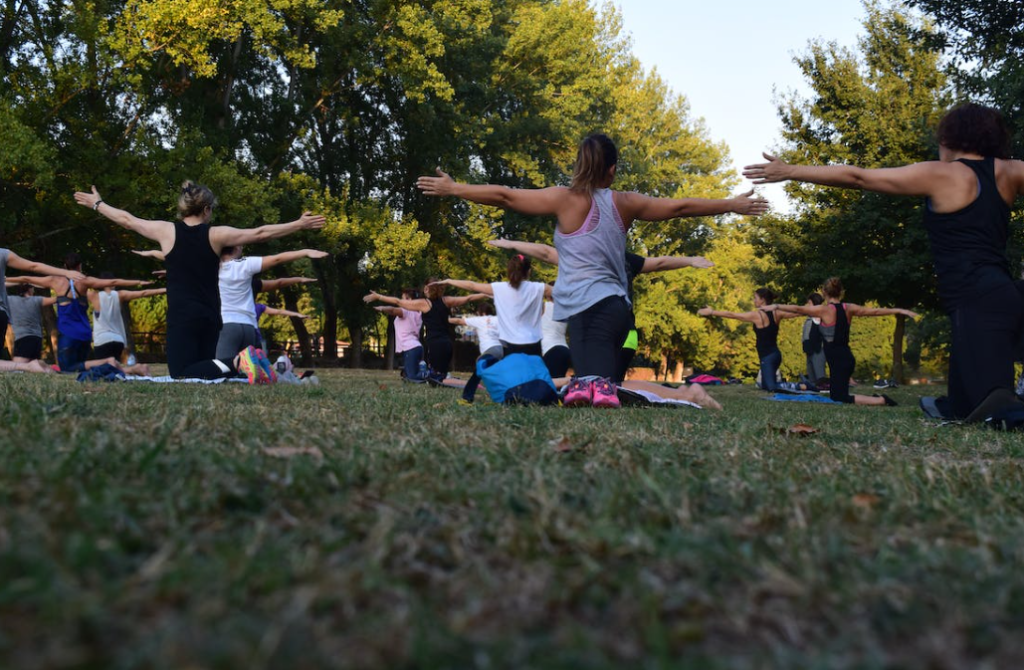Visualization for Sleep
Learn how to use visualization to fall asleep faster.

Selfpause Affirmation App
Download the app to get 1,000’s of affirmation meditations and everything you need to write, record and listen to your own.
If you’ve ever wondered how to meditate to get to sleep faster, visualization can be an excellent solution. You can practice guided imagery, yoga Nidra, or compassion meditation to achieve this purpose. But you’ll also need to learn how to refocus your mind in order to achieve this goal. Here are some tips to help you get started.
Guided imagery

Guided imagery for sleep helps reduce stress and anxiety by visualizing pleasant scenes and events. The technique helps individuals to imagine a scene of their choice, allowing them to feel a sense of calm. The benefits of guided imagery for sleep are many and can be found in a variety of situations. For example, guided imagery for sleep can help you relax by visualizing the peaceful sea lapping on a tropical beach.
People who suffer from insomnia and other chronic conditions may benefit from guided imagery for sleep. Research has also shown that guided imagery can reduce anxiety and pain. It can also be helpful for people with depression. A recent study found that people who practice guided imagery for sleep reported a reduction in depression and chronic pain symptoms.
The most effective way to practice guided imagery for sleep is to create a personalized image in your mind. A place with positive associations is the most effective, so it might be a special holiday spot or a beach where you played as a child. Alternatively, you may choose an imaginary place, such as your favorite galaxy, or a place you’ve always wanted to visit. The more personal the place is, the more likely it will be to engage you and allow you to fall asleep more easily.
Several studies have shown that guided imagery can lower blood pressure, reduce stress, and eliminate insomnia. Cancer patients who use guided imagery for sleep have reported a decrease in the severity of their symptoms. The technique has also been used to help cancer patients who struggle with pain and anxiety. It has also been shown to reduce the amount of pain medication they need to take after undergoing surgery.
While guided imagery can be beneficial for some people, it is important to remember that this technique does require practice and can be a little uncomfortable at first. Try it for 5 minutes each day and build up from there. Eventually, it will be second nature to you. You can also try using a guided imagery audio recording to practice it while practicing progressive muscle relaxation.
This technique can be useful in many situations, from helping people who suffer from insomnia to improving sleep quality in patients undergoing surgery. It can even help patients who are in progressive care. However, it is important to note that this study was based on small sample size. Hence, it is not possible to determine the statistical significance of the effects of guided imagery on sleep.
There are certain guidelines that need to be followed for guided imagery for sleep to be effective. First, you need to create a relaxing atmosphere. Second, you need to focus on a positive memory to start with.
Yoga Nidra

Yoga Nidra, or dream yoga, is a meditation practice that has been practiced for centuries. It is an easy and straightforward practice with only a few steps. You start by mentally preparing yourself to enter the meditative state. This can take anywhere from five to ten minutes, and the process is very similar to other widely used mindfulness techniques. You then choose a visualization to guide you through the session. You should ensure that it is tailored to the purpose of the session.
Research has indicated that yoga Nidra has a variety of physiological effects. Some of these include improved levels of glucose in the blood, increased endogenous dopamine production, and changes in cerebral blood flow. However, more detailed studies are needed to determine how yoga Nidra works and what effects it has on the body.
Practicing yoga Nidra can help you to sleep better. Not only will you be able to relax better, but you will also be able to access the deeper levels of your mind. As you practice this technique over a long period of time, you will develop a deep awareness of your surroundings and develop more receptivity and learning abilities.
Besides improving sleep quality, Yoga Nidra helps you achieve a deeper level of relaxation. It also allows you to focus on your breathing and become detached from your thoughts. This helps you quiet your sympathetic nervous system, which helps you fight off stress and anxiety. It can also help you release tension and pain.
Before you begin your yoga Nidra session, make sure you are fully relaxed and still. Try to avoid moving around during the session. This can set your practice back. You must remain in this state for at least 30 minutes. In the end, you will have achieved complete relaxation. The next morning, you’ll be refreshed, rejuvenated, and ready for the day.
A new study has shown that practicing yoga Nidra reduces anxiety and stress. According to the study, subjects experiencing anxiety reduced significantly after they practiced yoga Nidra visualization for sleep. Additionally, blood pressure and pulse rate decreased significantly. In addition, participants in this study showed a decrease in their BMI.
Yoga Nidra has been proven to improve many aspects of health, including blood pressure and postural hypertension. Other benefits of yoga Nidra include improved posture, increased sustained handgrip, and improved 30:15 heart rate ratio. Achieving a meditative state is a wonderful way to help yourself fall asleep and get a good night’s sleep. It will also improve your overall quality of life.
Compassion meditation

Compassion meditation is a practice that helps you connect with your heart. It also helps you think more compassionately and creatively. This practice is a good way to transport your mind to another place, which can help you achieve your goals. It can also relieve stress, improve your physical health, and reduce anxiety.
You can use this practice to improve your relationships. The main goal is to think about other people with compassion and send them loving feelings. Then, imagine that these good feelings will reach those people. This can help you resolve conflicts and achieve greater peace and happiness. You can repeat this process throughout the day.
Compassion meditation has been shown to improve your mental health and happiness. A recent study shows that it improves compassion toward others and increases overall happiness. The researchers also found that meditation can help you improve your relationships with other people and communities. For this reason, it is important to practice meditation regularly. In addition to being helpful to others, meditation can help you feel more connected and balanced.
When meditating, you can begin by taking deep breaths and visualizations. You should try to remain calm and relaxed throughout the meditation. If you find that your mind wanders or you cannot concentrate, don’t get frustrated. It is normal to experience moments of distraction when your mind tries to focus on other things. As long as you stay calm and focused, you will be able to relax and sleep well.
Our Top FAQ's
Some common visualization techniques used to track sleep patterns and quality include line graphs, bar graphs, scatter plots, and pie charts. These can be used to show data such as total sleep time, time spent in different sleep stages, and the number of times an individual wakes up during the night.
Visualization can be helpful in identifying potential issues with sleep by allowing individuals to see patterns or trends in their sleep data. For example, if an individual consistently has difficulty falling asleep or wakes up frequently during the night, this may indicate a potential issue such as insomnia or sleep apnea.
Visualization tools can be used to set and track sleep goals by providing a clear and visual representation of an individual’s sleep habits. For example, an individual may set a goal to get 7-8 hours of sleep per night, and track their progress using a line graph. By seeing their progress visually, they can identify areas where they may need to make changes to improve their sleep habits.
Visualization can help individuals understand the relationship between their sleep and other factors such as diet and exercise by showing how these factors may be impacting their sleep patterns. For example, an individual may be able to see that they sleep better on nights when they exercise earlier in the day or eat a healthy dinner.
Some best practices for using visualization to improve sleep include setting clear and achievable sleep goals, tracking sleep data consistently over time, and using visualization tools to identify patterns or trends in the data. To get started with these techniques, individuals can try using a sleep tracking app or device that provides visualizations of their sleep data, or they can create their own visualizations using spreadsheet software or other tools.
